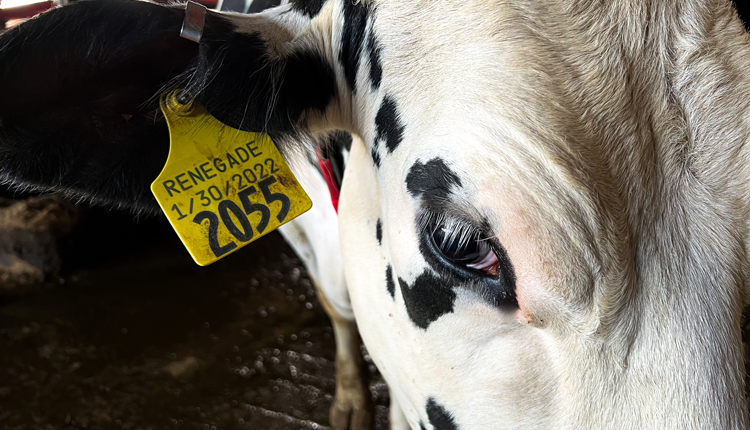 To thrive, dairies are dependent upon a reliable labor source. While some of our farms survive with family alone, others require a steady immigrant workforce to keep their parlors running.
To thrive, dairies are dependent upon a reliable labor source. While some of our farms survive with family alone, others require a steady immigrant workforce to keep their parlors running. For the latter, the labor pool from which they can source employees is slowly drying up.
The number of individuals emigrating from Mexico to the United States, both legally and illegally, has dropped sharply in recent years, noted a recent study conducted by the University of New Hampshire's Carsey School of Public Policy.
A total of 819,000 people migrated from Mexico to the United States from 2008 to 2012 compared with 1.9 million between 2003 and 2007, a drop of 57 percent, according to U.S. Census figures.
The changing migration trends are due to a variety of factors, including the relative performance of the two nations' economies – sluggishness in the U.S. versus growth in Mexico – coupled with major employment declines, noted the report.
Furthermore, a declining Mexican fertility rate, heightened border security, and enhanced detentions and deportations of unauthorized migrants make the trek and risk of border crossing less appealing.
The majority of this widespread decline, though, coincided with the U.S. economic collapse and the accompanying employment contraction in construction and other industries that rely heavily on a Mexican immigrant workforce.
The ranking of the top states for Mexican migration also shifted noticeably between the two time periods. Three states, Arizona, Georgia and Nevada, experienced a significant decline in ranking (table), while New York and Colorado moved up the list.

Not only are there fewer individuals crossing the border, the demographic makeup of this group has noticably shifted as well. Between the two five-year periods, migrants in the latter period were more likely to be naturalized citizens, older, fluent in English, well educated and somewhat less motivated by employment factors.
While males continue to predominate among Mexicans migrating to the United States, the presence of females rose in the more recent five-year time period. The sex ratio, or number of males per 100 females, dropped from 146 to 125.
Overall, the percentage of Mexican men who are employed in the U.S. dropped from 85 percent in the first time period to 80 percent in the second evaluation period. This statistic, in particular, doesn't bode well for the dairy industry, as the majority of our migrant labor force tends to be male.

The author is an associate editor and an animal science graduate of Cornell University. Smith covers feeding, milk quality and heads up the World Dairy Expo Supplement. She grew up on a Medina, N.Y., dairy, and interned at a 1,700-cow western New York dairy, a large New York calf and heifer farm, and studied in New Zealand for one semester.











